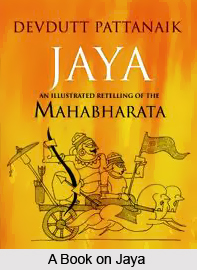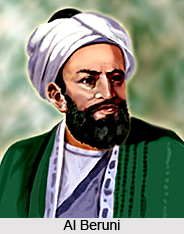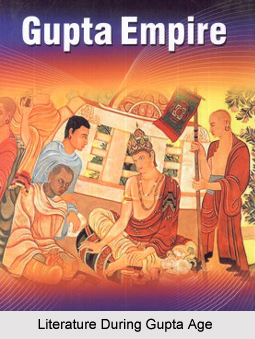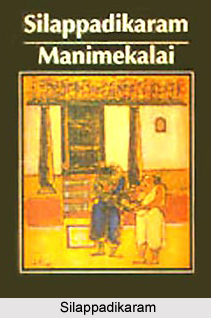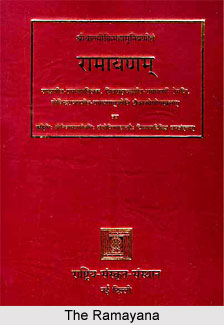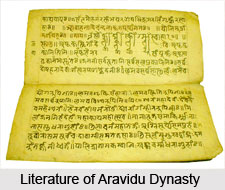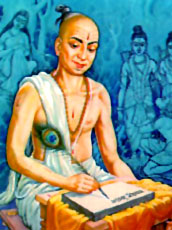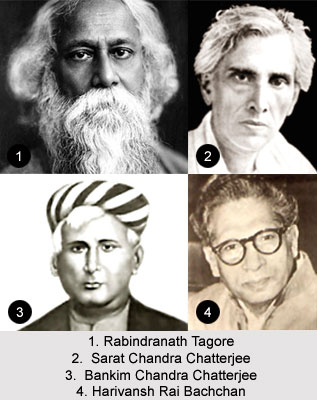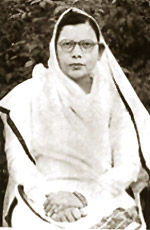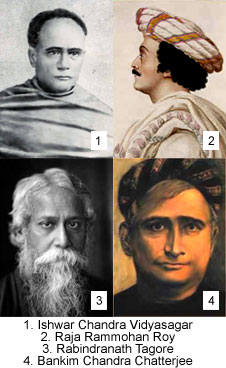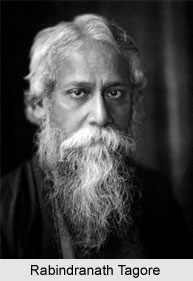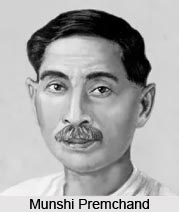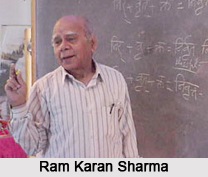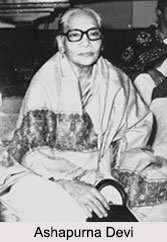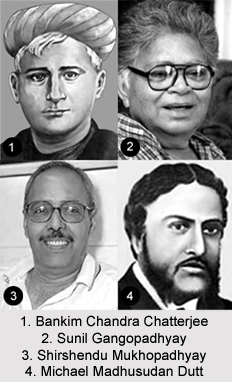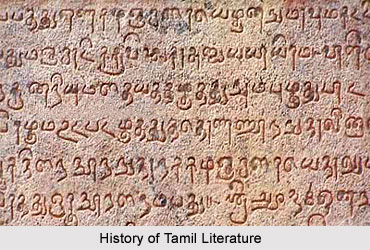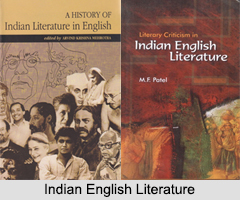Chapter 9 of Mahanirvana Tantra continues with Shiva`s monologue from Chapter 8, which ended with an account of the ascetic`s duties and lifestyle. Shiva then expounds on the ten purificatory rites relevant to humanity in the Kali age. These purificatory rites are necessary if people wish to perform rituals relating to the Devas or one`s ancestors. Hence, all castes must perform these rites if they wish to be part of Tantric practice.
The ten Sangkaras are those relating to conception, pregnancy, and birth of the child; the giving of its name, its first view of the sun, its first eating of rice, tonsure, investiture, and marriage, including the sacred thread ceremony reserved only for Brahmanas. Lord Shiva also informs that these rites are also specifically designed for the weak Kali Yuga human, without moral fibre and perseverance.
He begins with the Kushandika, a preliminary rite preceding rituals. The Kushandika rite invokes the various Devas (such as the Sun) and Brahma, and propitiates them, after which other rituals may follow.
Any oblation made to a Deva must make mention of the Deva, the offering, and be completed with the Svishti-krit Homa, which is then explained in detail. The Homa is a ritual involving oblations to Agni, followed by a propitiation of the Deva. After diverse observances, Agni should be respectfully bid to leave, and then Brahma should be honoured with a gift, and bid to leave, with appropriately contrite mantras.
Shiva then proceeds to relate the Charu-karma, in order to insure the ritual success in those families in which the cooking of charu (an Indian porridge-like offering) is a traditional practice in the performance of all rites.
Shiva then begins detailing the ten rituals, starting with the Ritusangskara, or the Conception-rite. After performing his daily duties and purifying himself, the devotee should worship the five deities, Brahma, Durga, Ganesha, the Grahas, and the Dikpalas. All five being are highly esteemed in the Tantra tradition. The rite also honours the sixteen Matrikas, demiurges that are again paramount in Tantrism for their putative role in fighting against demons. The sixteen Matrikas are Gauri, Padma, Shachi, Medha, Savitri, Vijaya, Jaya, Deva-sena, Svadha, Svaha, Shanti, Pushti, Dhriti, Kshama, the worshipper of own tutelary Devata, and the family Devata.
Then follows the Garbadhana or the Pregnancy rite, which deals with propitiating the gods during sexual intercourse to conceive a suitable male child. After this, rituals to be performed at the birth of the child are detailed, with the injunction that the relevant Mantras should be recited only when a son is born, while the ritual for a female child is the same without the Mantras. Shiva then quickly narrates the ritual for the child`s name giving ceremony, wherein again the Mantras are not necessary for a female child.
He then relates the Nishkramana Sangskara, or the ritual performed for the child`s first view of the sun. This should be performed in the fourth or sixth month after the child is born. The Nishkramana is not required for a female child. The Nishkramana involves propitiating all the major gods and Devas, and enlisting them in the son`s protection, followed by taking the son out for a first view of the Sun, honoured by yet more Mantras. Shiva then details the giving of rice, to be performed in the sixth or eighth month, by the father or his male kinsmen. This involves oblations to Agni, Vasava, the Vishwa Devas and Prajapati (Brahma) after which the son should be fed rice-payasa in a ritual ceremony. Then follows an account of the tonsure ceremony when the child is three or four years old.
Shiva then explains that these six rites are common to all castes, although the Mantras should not be recited for the Shudras and the Samanyas.
Shiva then relates the Sacred Thread ceremony or Upanayana, reserved only for the Brahmins, a major initiatory rite where the child recites the Gayatri mantra amidst much ritual observance and pomp, with several of the earlier rituals being repeated once again during the sacred thread ceremony. In this ritual, the Guru must also explain the meaning of the Gayatri succinctly to the disciple while whispering into his ear, and also bestow the sacred thread, said to be worn by Prajapati, on the initiate.
Shiva then narrates the marriage ceremony, to be performed by the father of the house, and at the centre of which is a Mantra propitiating Kama, the god of love. Notably the marriage ceremony is acceptable even for Viloma marriages, which are `against the natural order` or involve inter caste weddings. In this case, the child born will either be the mother`s caste or part of the Samanya, according to the rituals performed.
Thus ends Shiva`s address on the ten purificatory rites.
